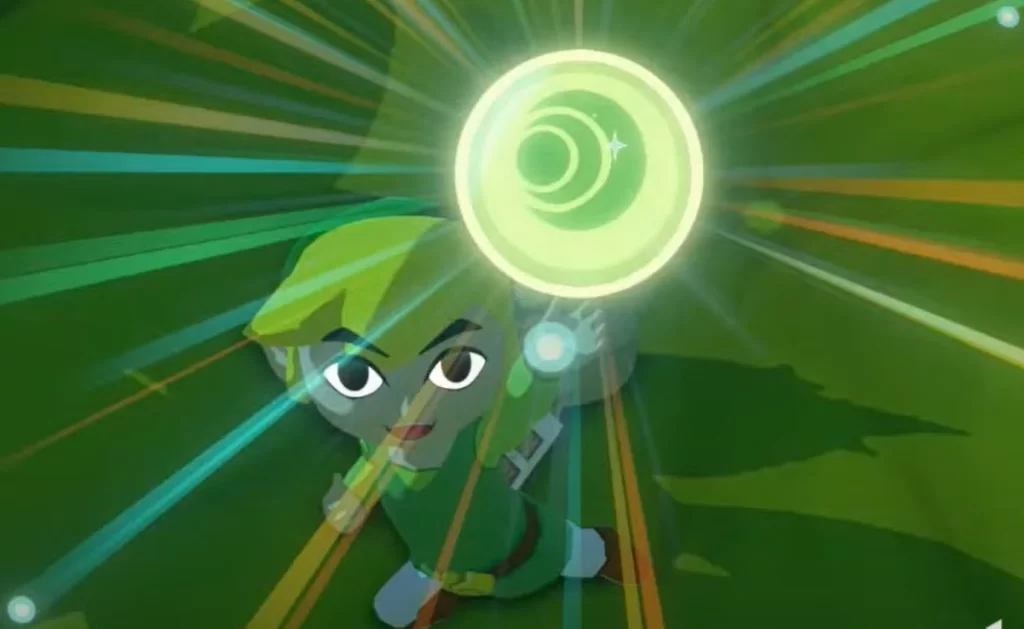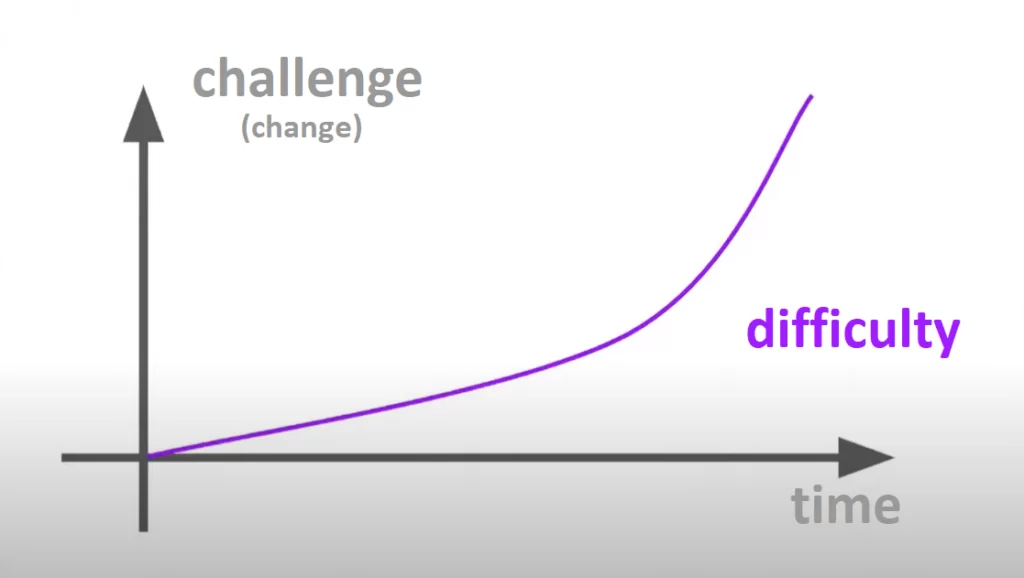
Continuing our series of posts about progression design in games, now we are going to talk about two different types of progression: content and skill.
Regarding the progression of content, as you keep playing a game it will present you with new content that makes the elements of change and destination clearer. A common example is the progression of the story. Each time you reach the end of a level you are fed with the next part of the story, which then informs you just how close you are to finishing it. Besides story bits, new powers, new levels and even character cosmetics can also give the player the feeling of progression.
Progression of skill basically deals with the challenge given to the player. Whether because the levels are becoming increasingly harder, or because harder enemies are appearing or the mechanics themselves are combining in order to create more difficulties in your way. Those elements can also be considered a type of novelty and a way for the player to know he’s getting closer to the end. Usually, when everything starts to become harder and harder, that’s when you know you are approaching the final destination.
Going deeper about content progression, one way to see it is as an exhaustion economy. When you start playing a new game, every element gives you a sense of novelty. All the characters, scenarios, items, and music, everything is new and different. This generates a powerful charge of positive emotions.
However, the game will not be able to preserve this, since it cannot be infinite in length. The rate at which a game can present you with new elements is limited, and soon enough it will run out of new stuff to surprise you with.
Sure, nowadays we have games with procedural generated content that can, theoretically, produce an unimaginable large amount of different levels to keep things fresh. But this only solves the problem partially. The human brain is so good at recognizing patterns that even if you have an algorithm that is able to create infinite levels, as soon as you realize they are nothing more than different arrangements of the same assets, the sensation of novelty will begin to rapidly wear off.

So, in general terms, it almost always works like this: when we begin a new game, the “novelty” curve starts very steep. Each little thing, each moment in the game feels like a bombshell of positive emotions. But after a certain point, the game seems to struggle to keep the gameplay cycle new and refreshing. Basically, the more the game is spent being played, the less it has to offer in terms of new content.
This is the aforementioned exhaustion economy. With time, you deplete the game of its content. You can still be interested in it, but it will not be a novelty anymore. You’ll need to move on to other games in order to experience new things again.
Progression based on skill, funnily enough, follows an opposite logic. Normally, games are very easy at the beginning. The learning curve projects you with caution in the game, and as you are getting used to its mechanics, the game starts to slowly increases the difficulty to beyond your comfort zone, until it reaches the point where the curve turns to the opposite side, since the elements that composes those challenges get combined with each other, creating a new one, which gives the difficulty curve an exponential character.

On the other side, the player’s learning curve is a linear one. Usually, the player is in his comfort zone as long as he’s able to keep going through levels. He has no reason to change his play style. Then, when this linear progression collides with the wall that separates him from the outer side of his comfort zone, he realizes that he will need to learn something new or do something different like learning a new move, or using a weapon he wasn’t using before, in order to be able to progress.
After this, the player will see himself being forced to learn new things in less and less periods of time in order to improve his skills in the game as the difficulty keeps rising.
Contrary to the content progression, where we see an exhaustion, here we see an explosion where the difficulty curve increases and the player needs to surpass himself in order to advance in the game.
Looking at both these curves and observing how they interact and contrast with each other is a great way to build a good progression design for your game.
Where one exhausts itself, the other goes up. There’s certainly a point in there where they will cross paths, and maybe if you can find it then who know if you will be able to find the secret to perfect balance the progression in your game.
